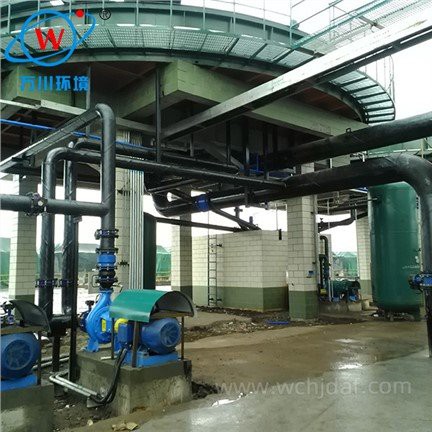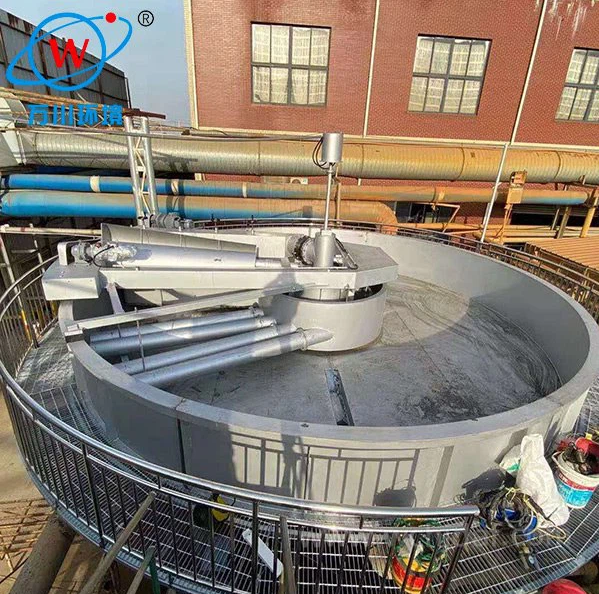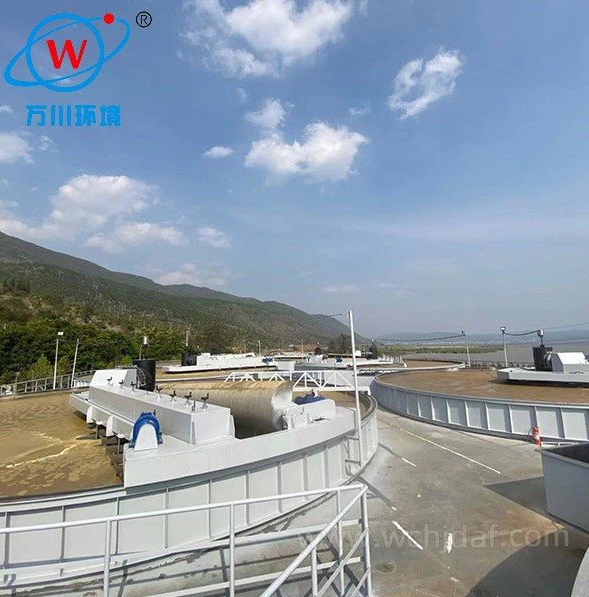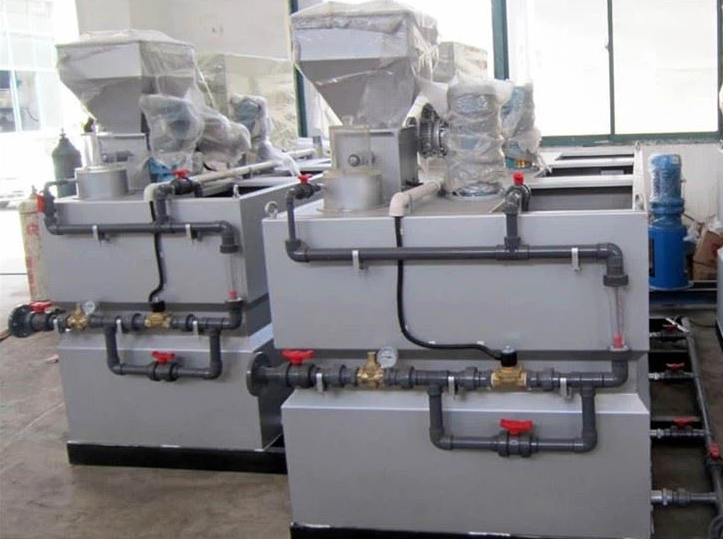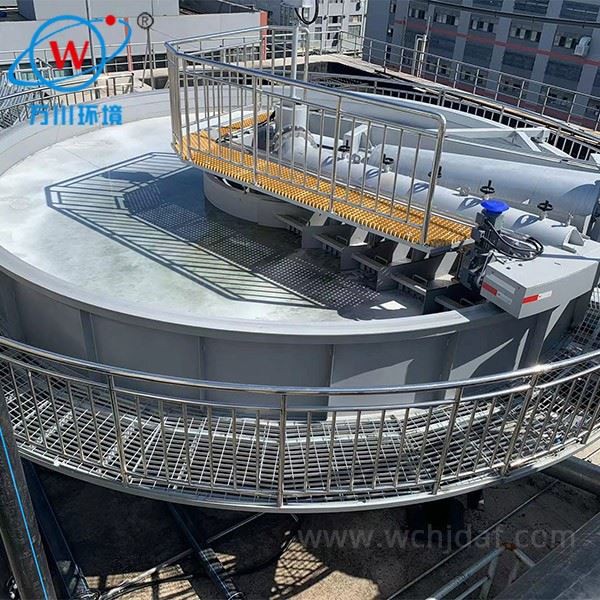IAF Equipment Clogging Analysis
Whether Induced Air Flotation (IAF) equipment is prone to clogging depends on multiple factors, including wastewater characteristics, equipment design, and operational practices.
Wastewater Composition
- High Solid Content: Wastewater containing fibrous materials (e.g., paper pulp, textiles), coarse particles, or grease can accumulate in aeration systems. Example: Untreated industrial wastewater with suspended solids >500 mg/L increases clogging risks.
- Viscous Substances: Oily wastewater or high organic loads may form sticky residues that adhere to equipment surfaces.
- Scale Formation: Hard water with high calcium/magnesium levels causes mineral scaling, especially with pH fluctuations during chemical dosing.
Equipment Design Flaws
- Inadequate Pre-Treatment: Lack of pre-filters or screens allows large particles to enter and block narrow openings. Particularly problematic in micro-bubble generators or nozzle-type aerators.
- Poor Aeration Design: Diffusers with small orifices or suction-type aerators are susceptible to clogging and material wrapping.
- Incorrect Pipe Sizing: Narrow pipes or sharp bends restrict flow, causing solids to settle and accumulate.
Operational and Maintenance Factors
- Neglected Cleaning: Failure to regularly backwash diffusers or clean sediment allows debris buildup. Weekly maintenance is critical in high-solids applications.
- Improper Chemical Dosing: Excessive coagulants create oversized flocs, while insufficient dosing leaves fine particles to clog.
- Inconsistent Operation: Frequent start-stop cycles can cause sludge to dry and harden in pipes.
Mitigation Strategies
- Enhance Pre-Treatment: Install fine screens (50-100 μm), grease traps, or cyclone separators.
- Optimize Equipment Design: Use self-cleaning diffusers (ceramic/metallic), larger orifices, or modular systems.
- Preventive Maintenance: Daily inspections, weekly backwashing, and anti-scaling chemicals for hard water.
- Process Monitoring: Adjust air flow rates and chemical dosing based on real-time water quality data.
Key Recommendation: Implement a comprehensive maintenance program combining proper pre-treatment, equipment selection, and operational monitoring to significantly reduce IAF clogging incidents and maintain optimal system performance.

